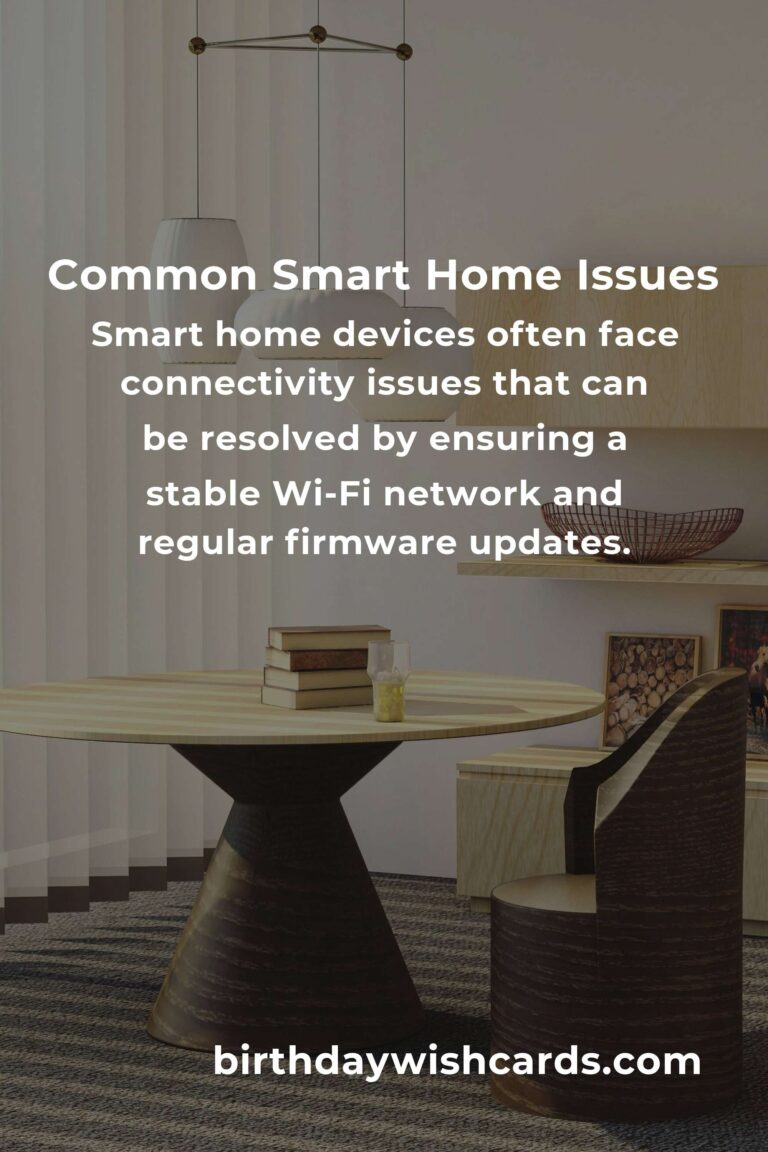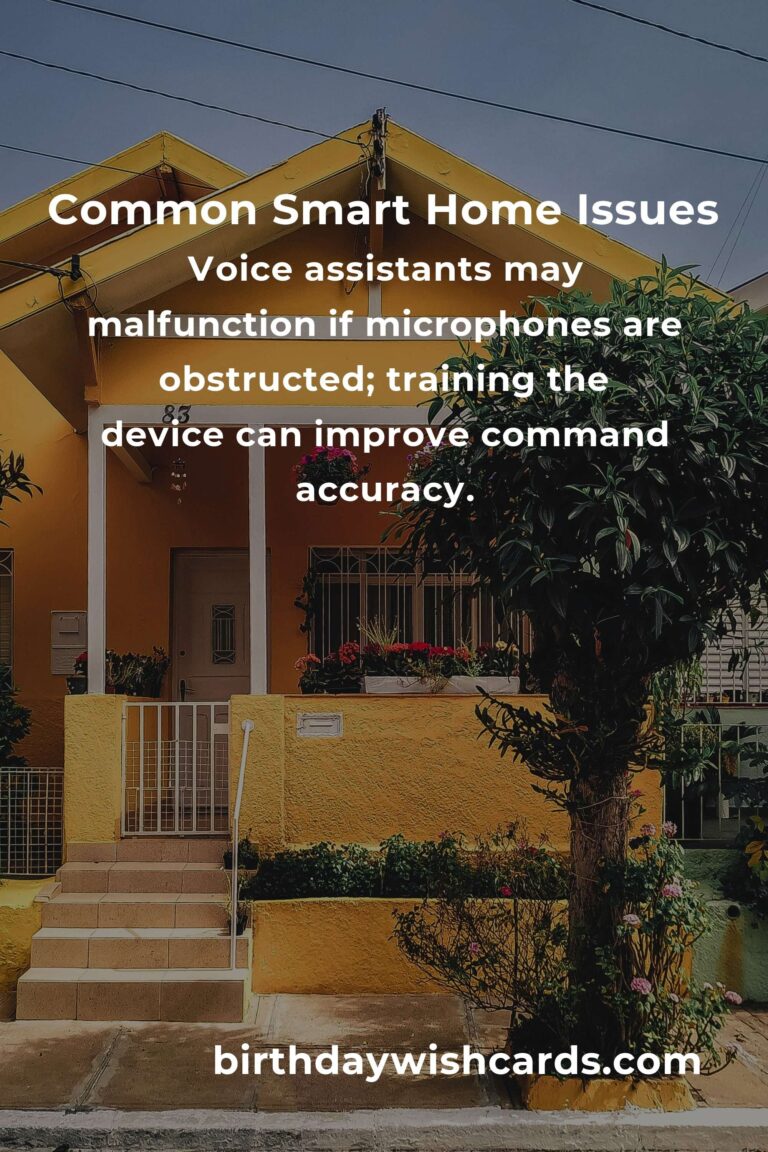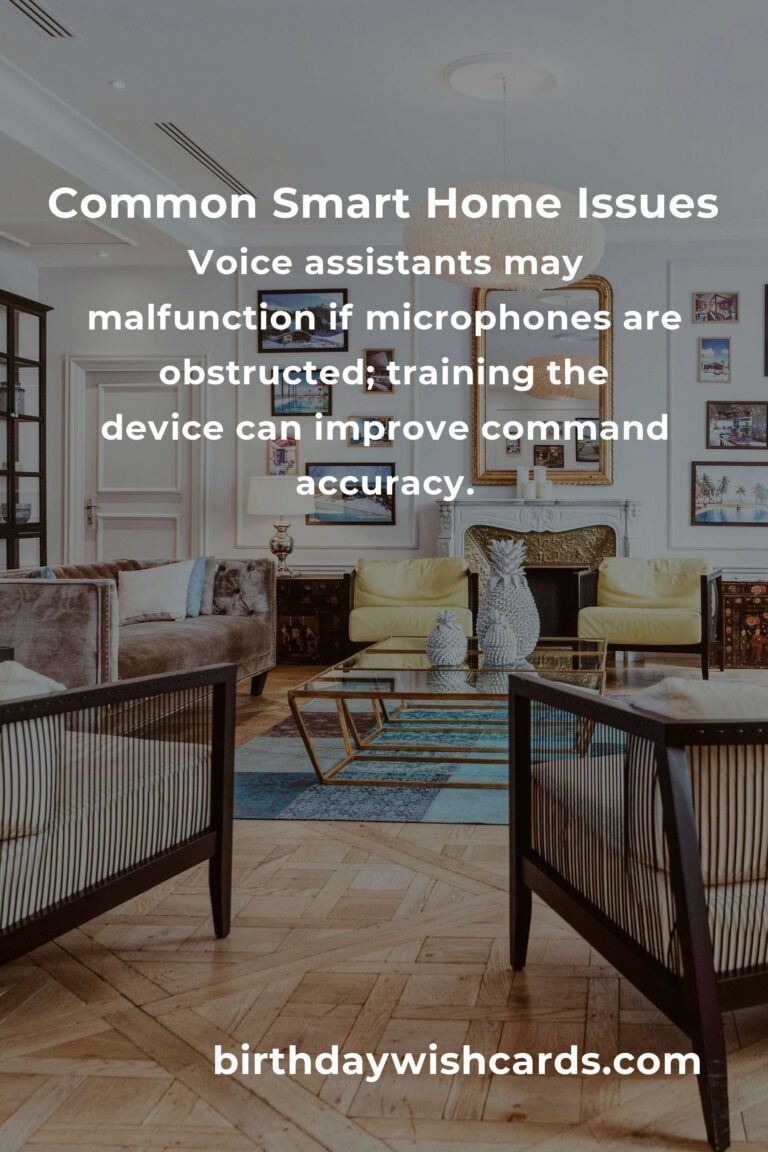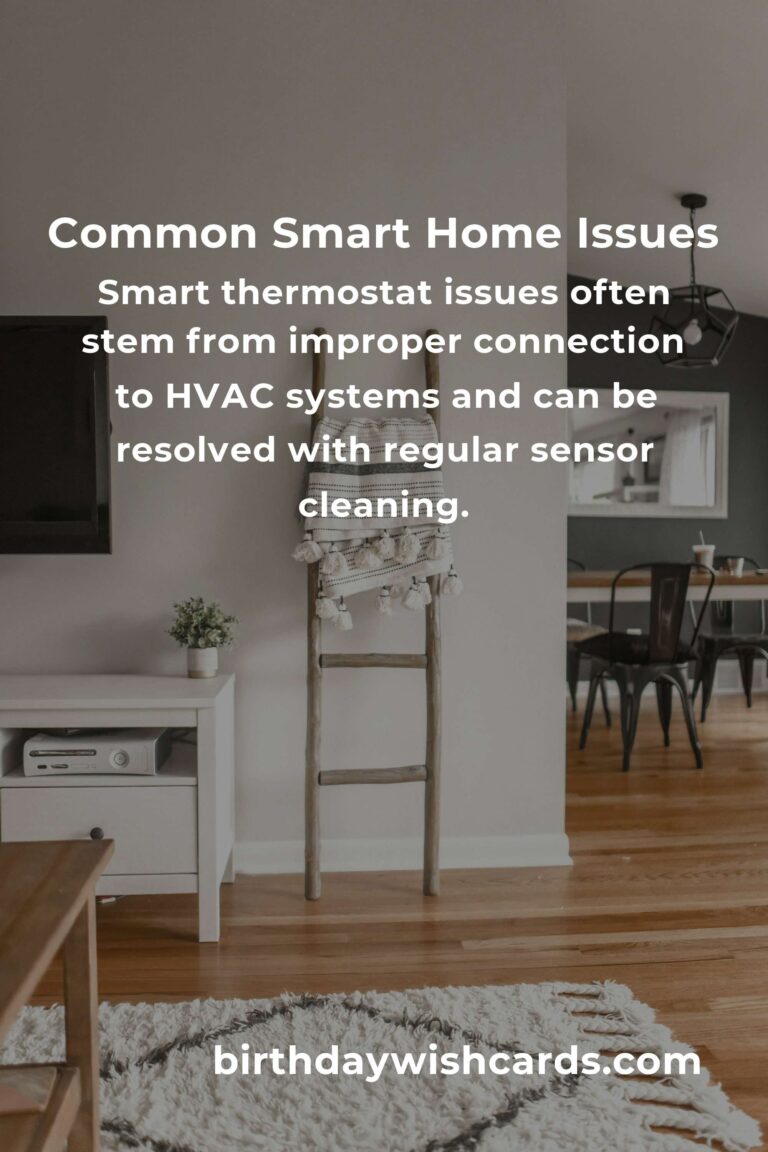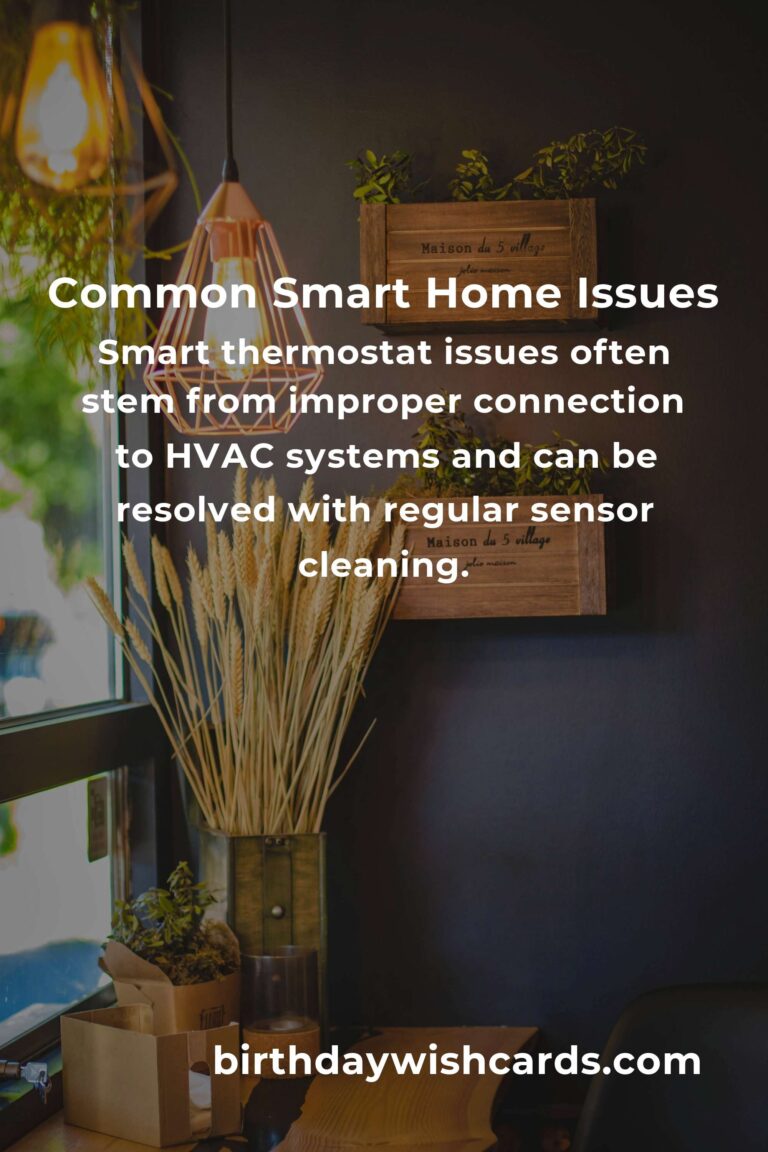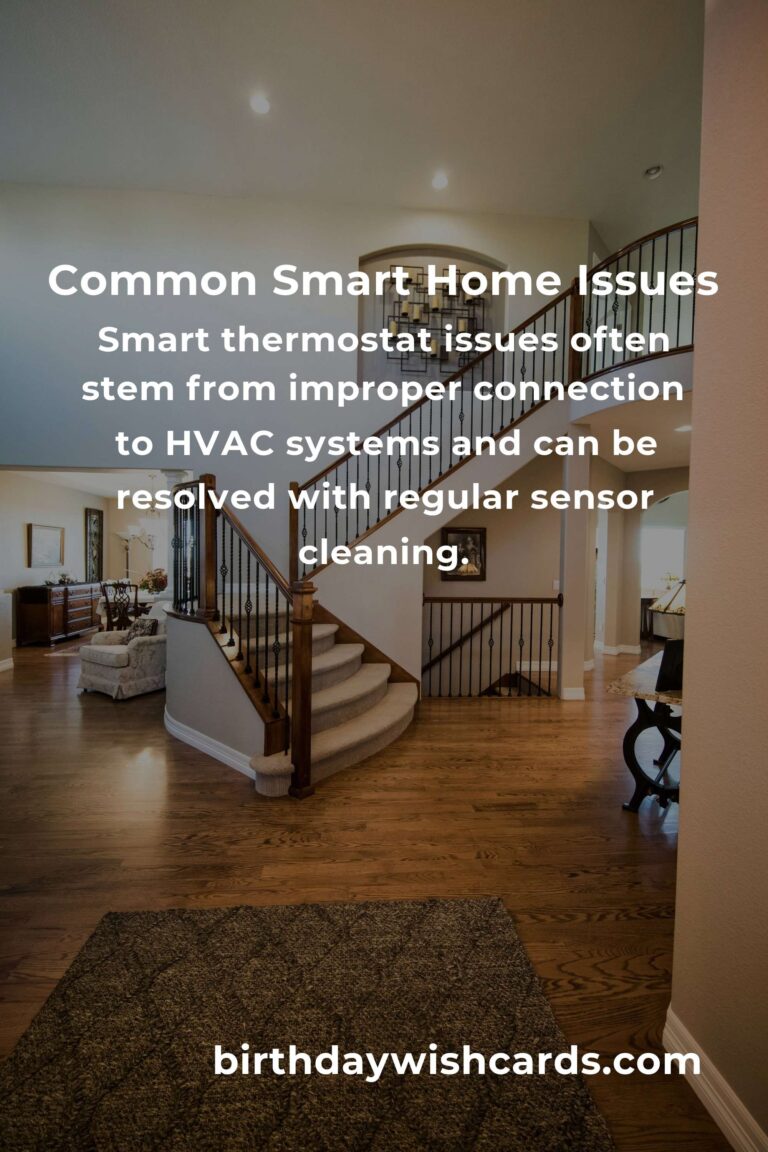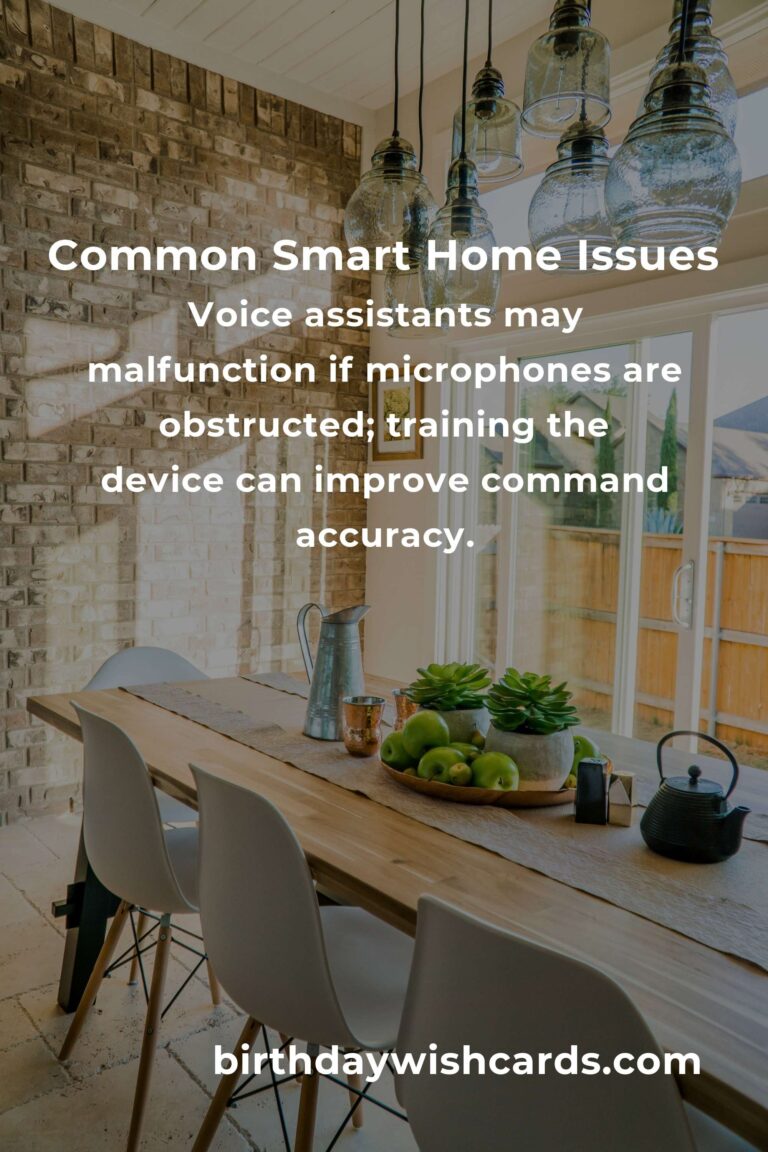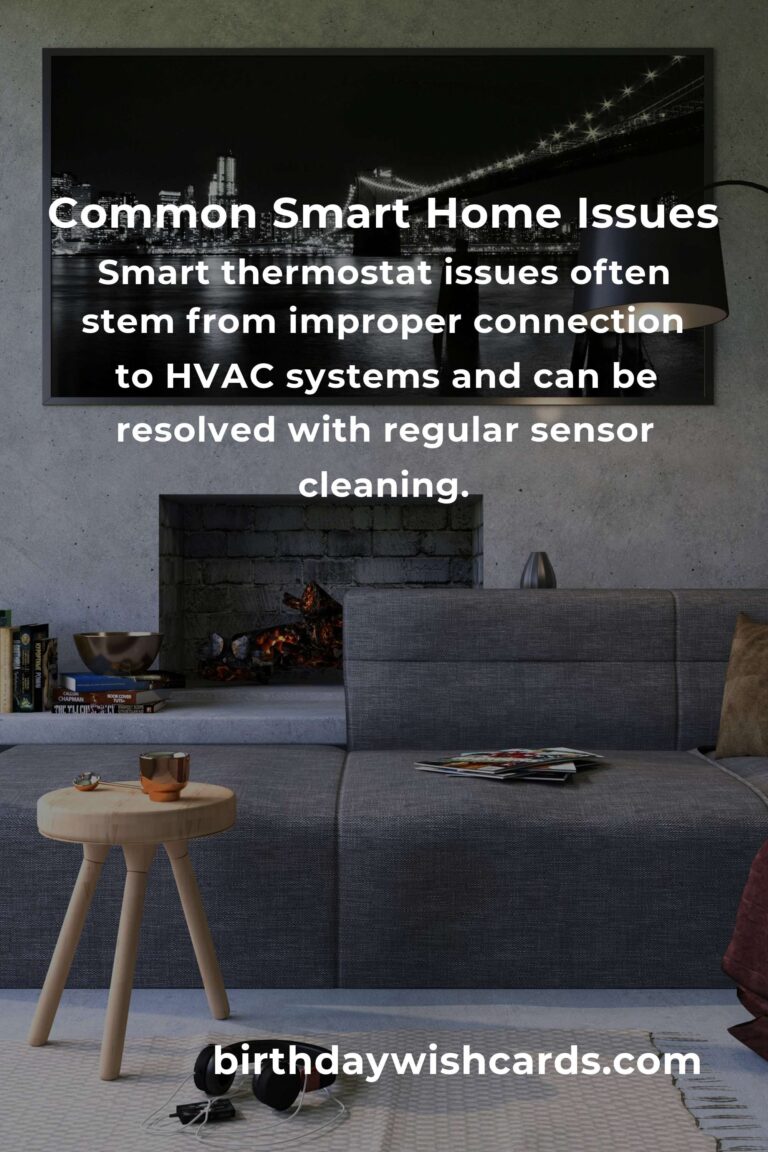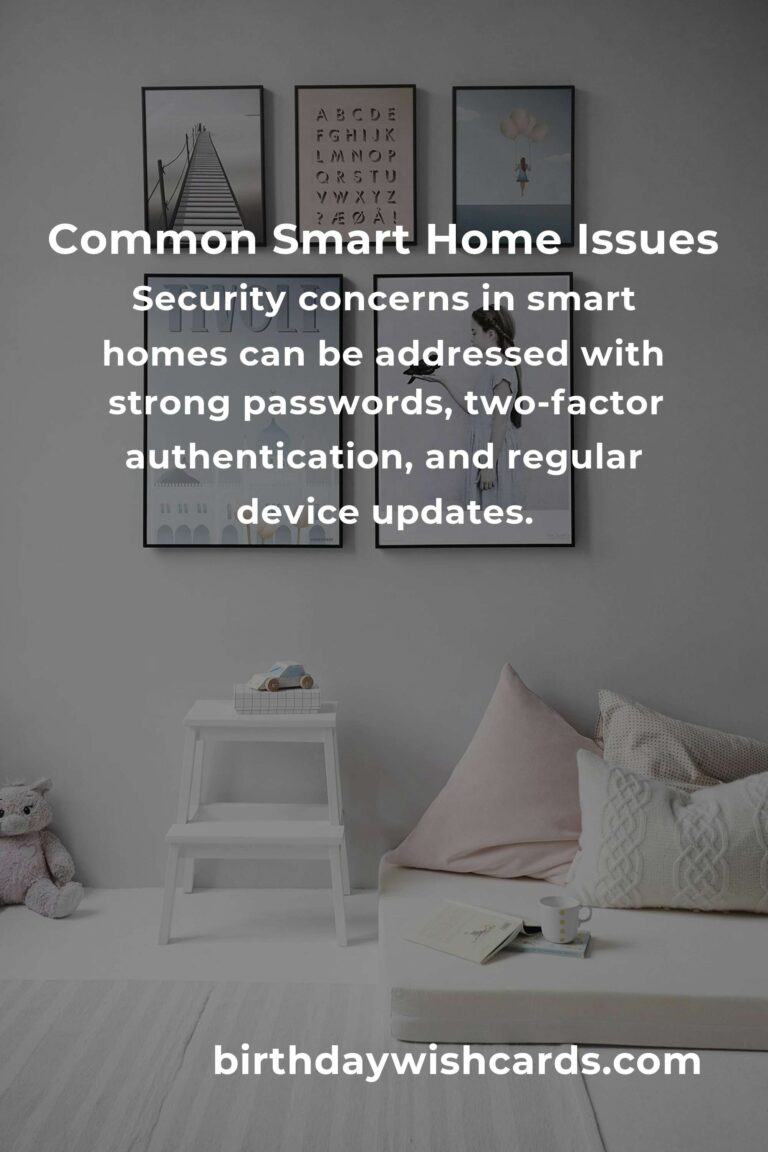
In today’s world, smart home technology has become an integral part of our daily lives. From smart thermostats to voice-activated assistants, these devices offer convenience and enhanced control over our home environments. However, like any technology, smart home devices can encounter issues that disrupt their functionality. This article explores common smart home tech problems and provides practical solutions to overcome them.
Connectivity Issues and Solutions
One of the most prevalent issues with smart home devices is connectivity. Devices may frequently disconnect from Wi-Fi, causing frustration and inconvenience. To solve this issue, ensure that your Wi-Fi network is stable and that your router is positioned centrally in your home. Additionally, consider upgrading to a mesh network for better coverage.
Another solution is to ensure that your devices are running the latest firmware updates. Manufacturers often release updates to address connectivity issues and improve device performance. Regularly checking for updates can prevent many problems before they occur.
Device Integration Challenges
Integrating multiple smart devices can sometimes lead to compatibility issues. Not all devices are designed to work seamlessly with each other. To address this, use a centralized smart home hub that supports multiple protocols like Zigbee or Z-Wave. This hub acts as an intermediary, facilitating communication between different devices.
Additionally, when purchasing new smart home devices, ensure that they are compatible with your existing ecosystem. Researching and double-checking compatibility can save you time and money in the long run.
Voice Assistant Malfunctions
Voice assistants like Alexa, Google Assistant, and Siri are popular for controlling smart home devices. However, they can sometimes misinterpret commands or fail to respond. To improve their functionality, ensure that the microphones on these devices are unobstructed and that they are placed in an optimal location for voice detection.
Training your voice assistant to recognize your voice better can also help. Most devices offer a voice training feature that allows you to teach the assistant your voice patterns, improving accuracy.
Smart Thermostat Issues
Smart thermostats are a great way to save energy, but they can occasionally malfunction. If your smart thermostat is not adjusting the temperature correctly, check if it is properly connected to your HVAC system. Additionally, make sure that it is placed in a location that accurately reflects the home’s ambient temperature.
Regularly cleaning the sensors and ensuring that the thermostat’s software is up-to-date can also prevent many common problems.
Security Concerns
Security is a major concern for smart homeowners. Devices that are not properly secured can be vulnerable to hacking. To safeguard your smart home, ensure that all devices are using strong, unique passwords. Enable two-factor authentication whenever possible and keep your home network secure with a robust password.
Regularly updating the firmware and software of your devices is crucial. Manufacturers often release security patches to address vulnerabilities, so staying updated is essential for protecting your smart home.
Conclusion
While smart home technology offers numerous benefits, technical issues can arise. By understanding common problems and implementing these solutions, you can ensure that your smart home operates smoothly and efficiently. Regular maintenance, updates, and proper device placement are key to overcoming these challenges and enjoying the full potential of your smart home devices.
Smart home devices often face connectivity issues that can be resolved by ensuring a stable Wi-Fi network and regular firmware updates. Device integration challenges can be mitigated by using a centralized smart home hub that supports multiple protocols. Voice assistants may malfunction if microphones are obstructed; training the device can improve command accuracy. Smart thermostat issues often stem from improper connection to HVAC systems and can be resolved with regular sensor cleaning. Security concerns in smart homes can be addressed with strong passwords, two-factor authentication, and regular device updates.
#SmartHome #TechSolutions #HomeAutomation #SmartDevices


